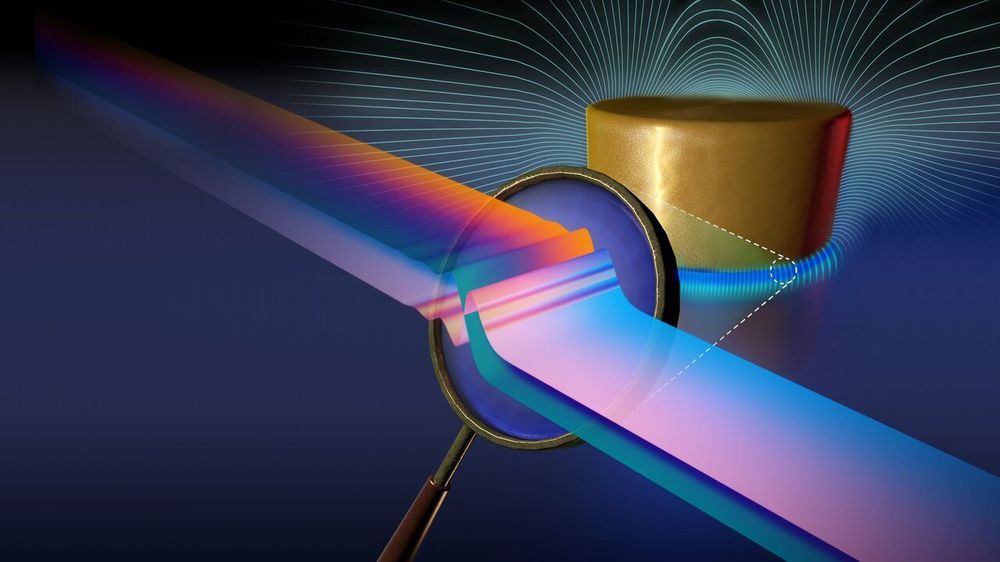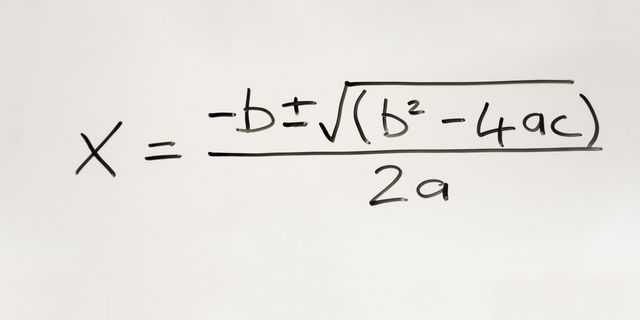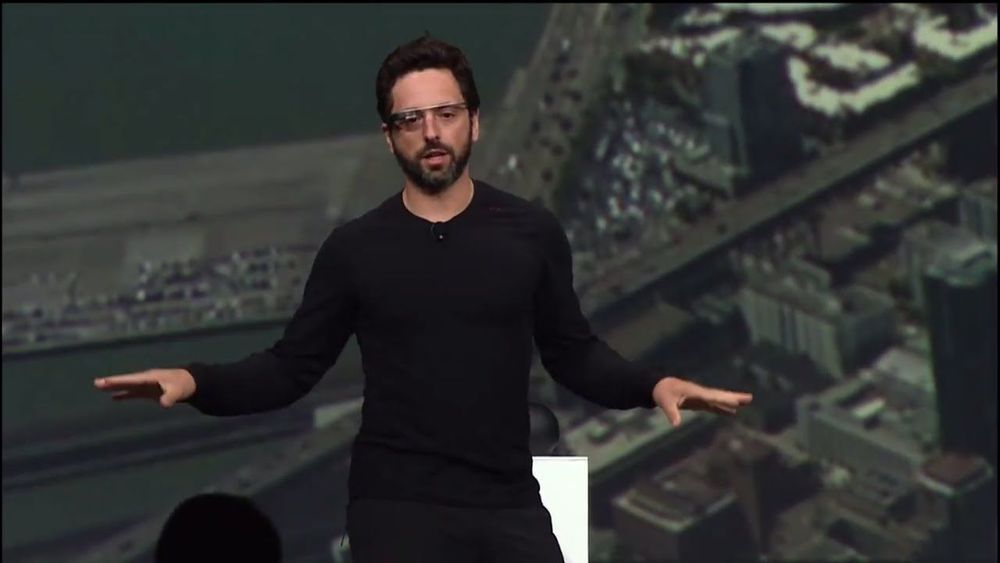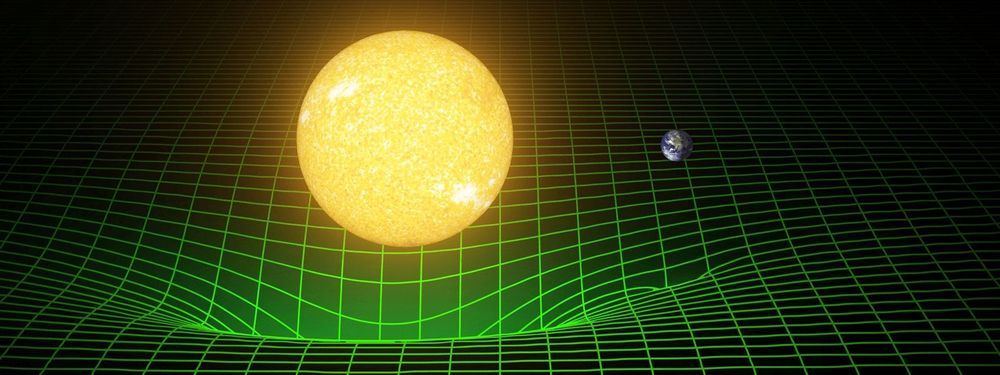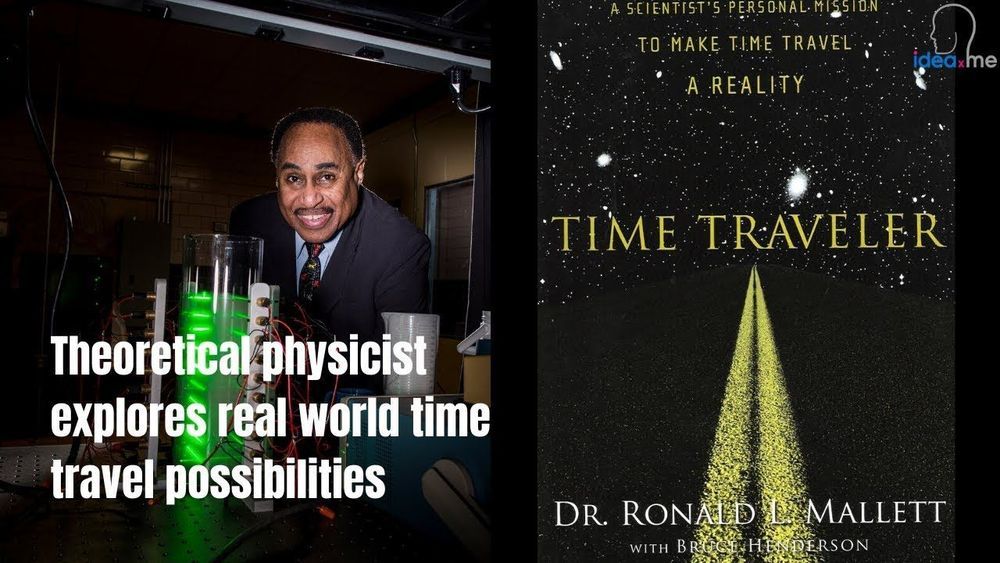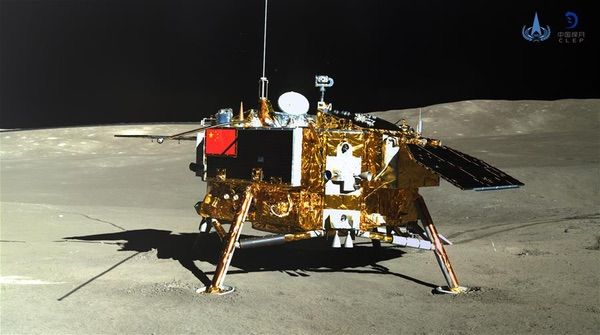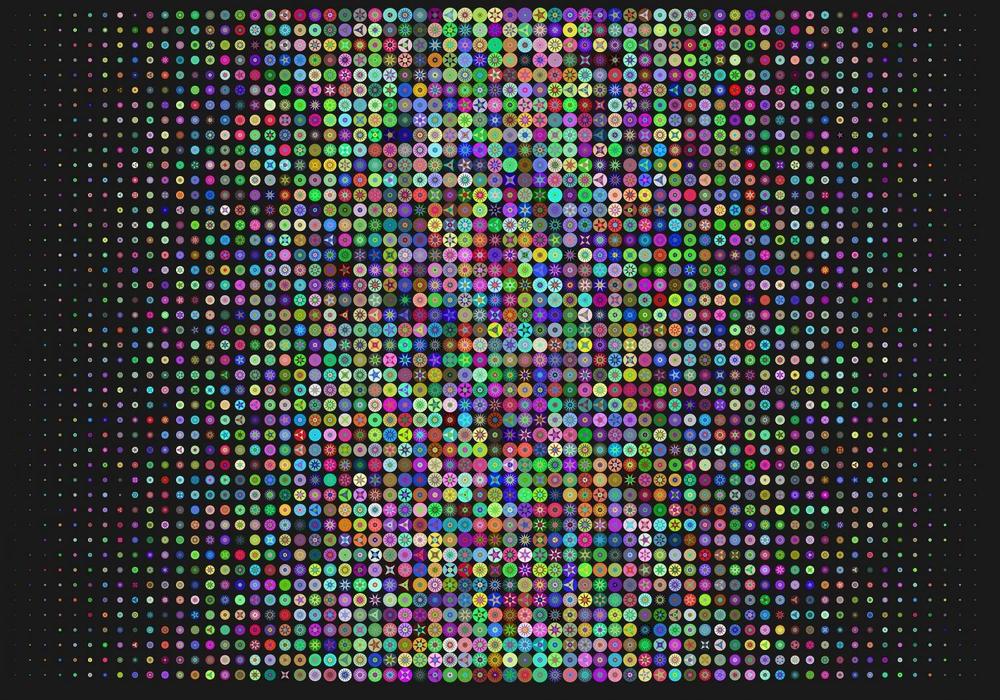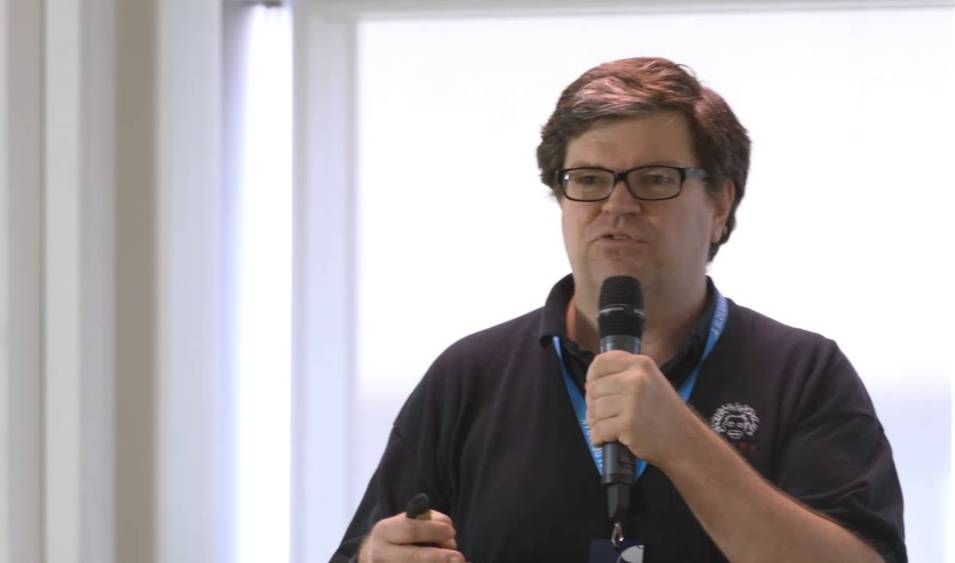Dec 11, 2019
Cheers! Maxwell’s electromagnetism extended to smaller scales
Posted by Saúl Morales Rodriguéz in categories: information science, nanotechnology
On Dec. 11, 2019, a general framework for incorporating and correcting for nonclassical electromagnetic phenomena in nanoscale systems will be presented in the journal Nature.
More than 150 years have passed since the publication of James Clerk Maxwell’s “A Dynamical Theory of the Electromagnetic Field” (1865). His treatise revolutionized the fundamental understanding of electric fields, magnetic fields and light. The 20 original equations (elegantly reduced to four today), their boundary conditions at interfaces, and the bulk electronic response functions (dielectric permitivity and magnetic permeability) are at the root of the ability to manipulate electromagnetic fields and light.
Life without Maxwell’s equations would lack most current science, communications and technology.
